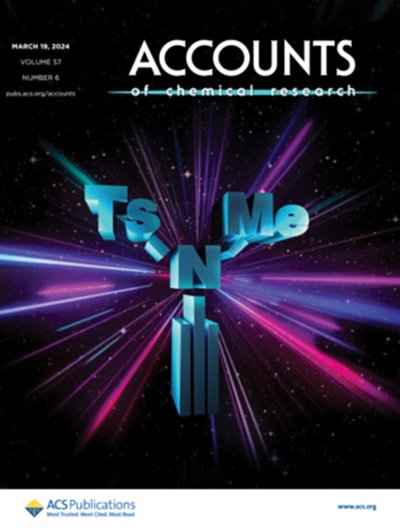玉米根系对不同生长介质物理条件的敏感性和强度
IF 16.4
1区 化学
Q1 CHEMISTRY, MULTIDISCIPLINARY
引用次数: 0
摘要
植物根系的形态受生长介质的压实度、颗粒大小或不可移动障碍物的影响很大。然而,人们对这些特性对根系解剖和根系组织机械特性的影响知之甚少。我们通过 14 天幼苗根部伸长区和成熟区的横截面分析了在密度和/或结构不同的培养基(土壤、玻璃珠、蛭石)中生长的玉米根的解剖特征。对切片进行木质素和单宁染色,以识别外胚层和内胚层的发育阶段。测量了两个区域的皮层厚度、皮层细胞层数和维管柱(茎)直径。根的杨氏模量是通过机械拉伸试验测定的。假定根可以被视为一种复合材料,我们使用了一个模型,首次估算出了根茎和皮层的机械性能。在密度大、可移动颗粒细的介质(土壤)中生长的根细胞排列规则,而在密度小、颗粒轻的介质(蛭石)和密度大、不可移动颗粒大的介质(玻璃珠)中生长的根,其根皮早期受损,皮层和维管柱的细胞排列受损。与土壤中的根相比,这些根的外皮和内皮更靠近根尖。蛭石根在形态计量参数和机械特性方面最为离群。在所有变体的根中,茎干的杨氏模量比皮层的杨氏模量大很多倍。在实验中使用的介质中,土壤似乎最有利于玉米根的生长和发育。本文章由计算机程序翻译,如有差异,请以英文原文为准。
Sensitivity and strength of maize roots facing different physical conditions of the growth medium
The morphology of a plant's root is strongly affected by the compaction of the growth medium, the size of its particles, or the presence of non-movable obstacles. However, little is known about the effect of these characteristics on root anatomy and mechanical properties of the root tissues. Anatomical features of maize roots grown in media that varied in density and/or structure (soil, glass beads, vermiculite) were analyzed on cross-sections through the elongation and maturation zones of the roots of 14-day-old seedlings. The sections were stained for lignin and suberin to recognize the developmental stages of exodermis and endodermis. Cortex thickness, number of cortical cell layers, and diameter of the vascular cylinder (stele) were measured in both zones. The Young's modulus of the roots was determined using mechanical tensile tests. Assuming that the root can be considered a composite material, a model was used that allowed, for the first time, to estimate the mechanical properties of the stele and cortex.
While the cell arrangement of roots grown in a medium with high density and fine movable particles (soil) was regular, roots grown in a medium with low density and light particles (vermiculite) and a medium with high density and large unmovable particles (glass beads) showed early damage of the rhizodermis and impaired cell arrangement in the cortex and vascular cylinder. In these roots, the exodermis and endodermis matured closer to the root tip than in roots from the soil. The vermiculite roots were the most outliers regarding morphometric parameters and mechanical properties. The Young's modulus of the stele was many times greater than the Young's modulus of the cortex in the roots of all variants. Of the media used in the experiment, the soil appears to be most favorable for the maize root growth and development.
求助全文
通过发布文献求助,成功后即可免费获取论文全文。
去求助
来源期刊

Accounts of Chemical Research
化学-化学综合
CiteScore
31.40
自引率
1.10%
发文量
312
审稿时长
2 months
期刊介绍:
Accounts of Chemical Research presents short, concise and critical articles offering easy-to-read overviews of basic research and applications in all areas of chemistry and biochemistry. These short reviews focus on research from the author’s own laboratory and are designed to teach the reader about a research project. In addition, Accounts of Chemical Research publishes commentaries that give an informed opinion on a current research problem. Special Issues online are devoted to a single topic of unusual activity and significance.
Accounts of Chemical Research replaces the traditional article abstract with an article "Conspectus." These entries synopsize the research affording the reader a closer look at the content and significance of an article. Through this provision of a more detailed description of the article contents, the Conspectus enhances the article's discoverability by search engines and the exposure for the research.
 求助内容:
求助内容: 应助结果提醒方式:
应助结果提醒方式:


